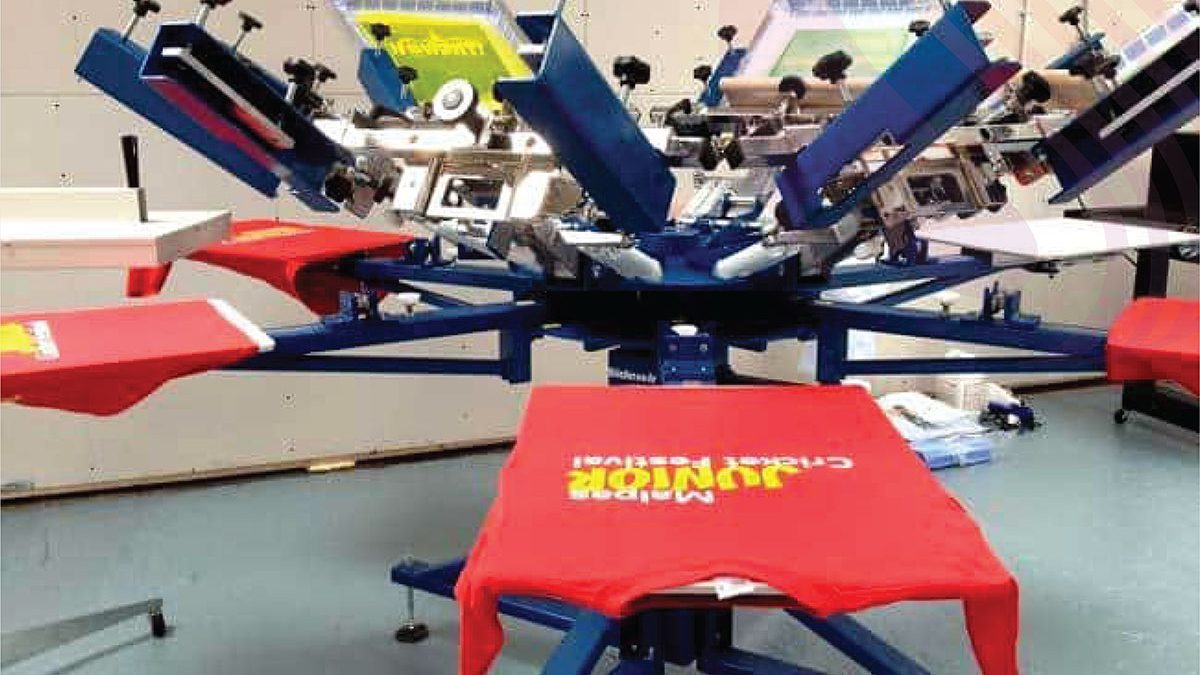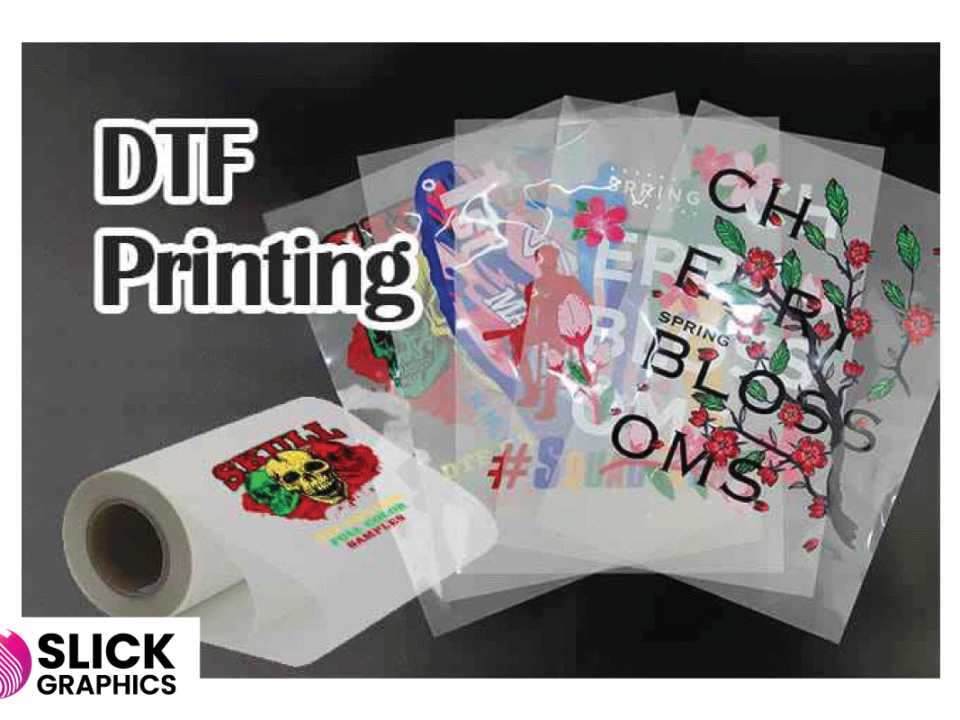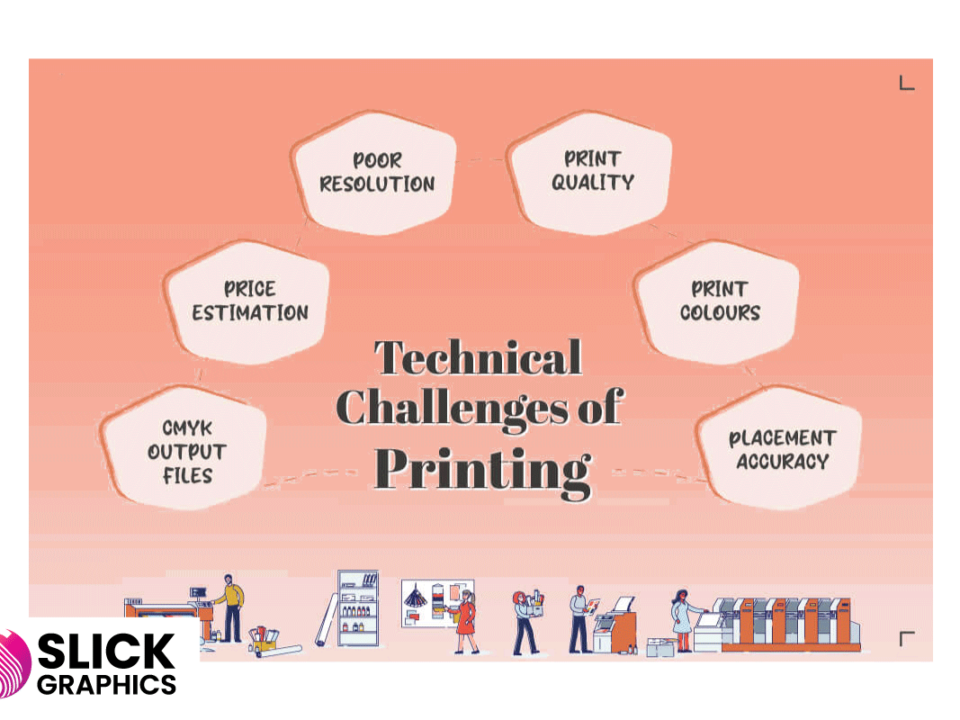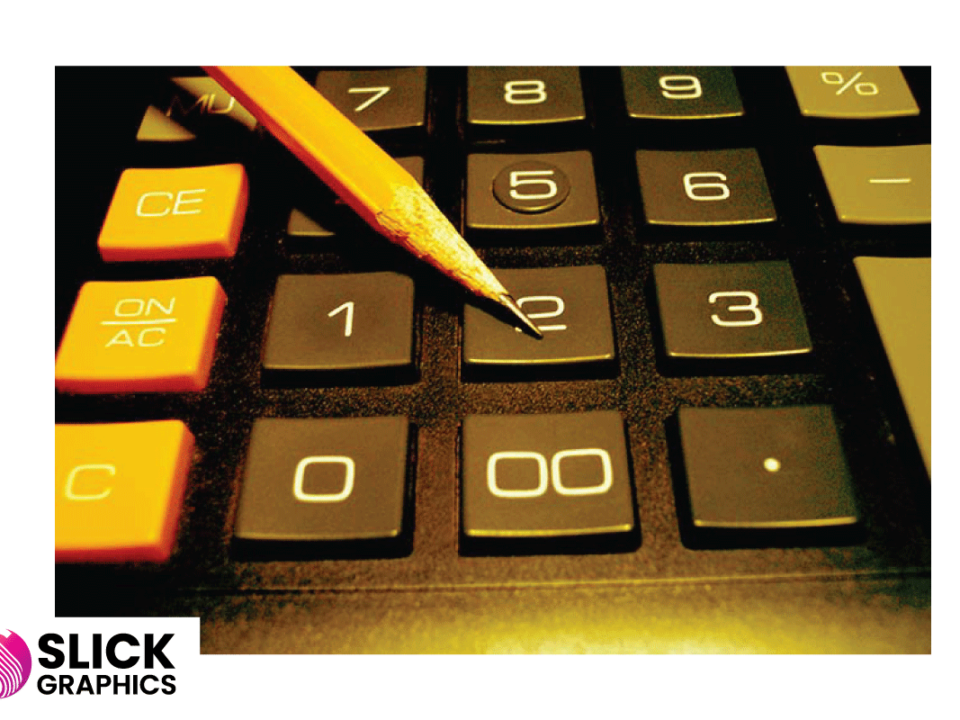What is Screen Printing? A Step-by-Step Guide
What is Screen Printing? A Step-by-Step Guide
Screen printing, also known as serigraphy or silk screen printing, is the process of pressing ink through a stenciled mesh screen to create a printed design, widely used across various industries, so even if you’re unfamiliar with the term, you’ve likely encountered screen-printed products.
The screen printing process step by step
There are different methods of screen printing, but they all involve the same basic technique. The form of printing we’ll talk about below uses a special light-reactive emulsion to create a custom stencil; this tends to be the most popular type of commercial printing, as it can be used to make intricate stencils.
Here, we’ll talk you through the screen printing process step by step. We’ve also put together a video of the process taking place in our workshop, so you can see how we create our top-quality custom screen-printed clothing.
Step 1: The design is created
To start, the printer takes the design they want to create on the finished product, and prints it out onto a transparent acetate film. This will be used to create the stencil.
Step 2: The screen is prepared
Next, the printer will choose a mesh screen to suit the complexity of the design, and the texture of the fabric being printed. The mesh screen is then coated with a layer of light-reactive emulsion, which will harden when developed under bright light.
Step 3: The emulsion is exposed
The acetate sheet featuring the design is then laid onto the emulsion-coated screen, and the whole thing is exposed to a very bright light. The light hardens the emulsion, so the parts of the screen which are covered by the design remain in liquid form.
What is the Difference Between Screen Printing and Digital Printing?
Direct to Garment (DTG) Digital Printing: This method uses a specialized fabric printer, similar to an inkjet printer, to transfer an image directly onto a textile. Unlike screen printing, DTG printing employs a digital printer to apply the design directly onto the fabric. With no need for a stencil, multiple colors can be printed simultaneously rather than in separate layers. This makes DTG ideal for intricate or highly colorful designs.
Screen Printing: Screen printing involves creating a stencil (or screen) and using it to apply layers of ink on the fabric. Each color requires a separate screen, making it more time-consuming and expensive for multi-colored designs.
Key Differences:
- Setup: Screen printing requires more setup time and is cost-effective for larger batches. Digital printing has minimal setup, making it ideal for small batches or single items.
- Design Complexity: Digital printing excels with photographic and detailed designs, as it uses a computerized image. Screen printing is better for solid, vibrant colors and can create textured effects.
- Color Intensity: Screen printing offers more intense, solid blocks of color. Digital printing uses CMYK-style dots, which may result in less vibrant colors.
- Textured Effects: Screen printing can create textured designs, while digital printing cannot.
In summary, DTG digital printing is perfect for small runs and detailed designs, while screen printing is preferred for large quantities and bold, vibrant colors.
What’s the Difference Between Silk Screen Printing and Heat Transfer?
Heat Transfer Printing:
Heat transfer printing involves using heat to adhere a design to fabric. The design is first printed onto transfer or sublimation paper, which is coated with a heat-reactive adhesive. When a heat press is applied to the transfer paper, the adhesive reacts to the heat and sticks the design to the fabric beneath, creating a printed textile.
Heat transfer printing is easy and cost-effective, making it ideal for smaller batches of personalized prints. It can handle detailed photographic designs, which screen printing cannot achieve. This method is also suitable for items like bags, hats, or footwear, which are challenging to screen print due to their shapes.
Combining heat transfer with digital techniques offers the best of both worlds. Digital heat transfer printing involves creating a design with computer software, printing it onto white transfer paper, and cutting it out using a plotter. The finished transfer is then heat-treated to bind it to the fabric.
While heat transfer printing can vary in quality depending on the materials used, high-quality transfer materials and careful application result in long-lasting, premium garments. At Slick Graphics, we use premium, soft-feel transfer materials and state-of-the-art printers and plotters, ensuring top-notch digital printing.
Silk Screen Printing:
Silk screen printing, or screen printing, involves creating a stencil (screen) and using it to apply layers of ink on the printing surface. Each color requires a different screen, and the process involves pressing ink through the screen onto the fabric. This method is highly durable and produces vibrant, long-lasting colors.
Screen printing is cost-effective for larger batches and ideal for simple designs with few colors. However, it is not suitable for detailed photographic designs or small batches due to the setup time and costs involved.
Conclusion:
Both heat transfer and silk screen printing have their advantages. Heat transfer printing is perfect for small batches and detailed designs, while screen printing is better for larger batches and simple designs with few colors. Understanding the strengths of each method will help you choose the best option for your specific needs.
Contact Slick Graphics in Kampala, Uganda, to discuss your printing needs and find the best solution for your project.
If you need any more help finding the right promotional products for your business, sports team, or band, contact us here.



